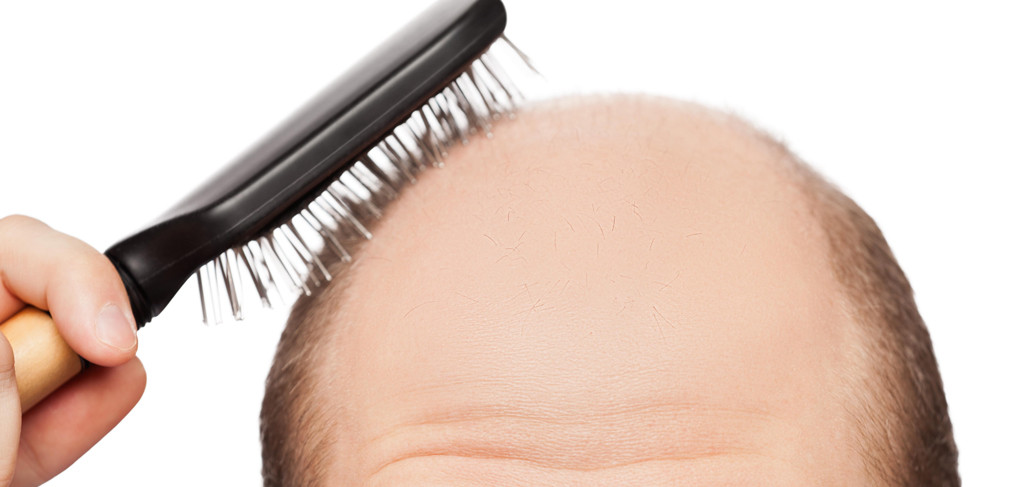- For Multispeciality Division Visit: MMRV Multispeciality Hospital
- 24*7 care
- OFFICE: No.5/PC 2, Bharathi Salai, Mogappair West, Chennai
- CALL: +91 88383 55534
- Appointment

Successful Surgeries
Doctors
Happy Patients
If you got any questions, please do not hesitate to send us a message. We reply within 24 hours.
Are you struggling with hair loss and looking for a reliable solution? Look no further! Our hair transplant treatment in Chennai offers the perfect answer to regain your hair and confidence. At Raj Cosmetic, we understand the impact of hair loss on your self-esteem, and our team of experienced surgeons is dedicated to providing top-notch hair restoration services.
Types of hair transplant
There are two methods of hair transplant, that is FUT and FUE, the method varies how we harvest the hair.
FUE:
In an FUE hair transplantation, each follicular unit is individually taken directly from the scalp Hair follicles are removed in a random fashion.
Pain Management
With no stitches required and no linear scar left to heal, FUE procedures do have a faster healing time and less post-procedure discomfort compared to the traditional FUT procedure.
Scarring
Since FUE procedures involve removing hairs individually from the scalp, there is no linear scar left behind. However, there will be tiny 1mm in diameter or less puncture marks that tend to heal by themselves after scabbing-over in the days following the procedure. These tiny wounds typically heal within three to seven days.
FOLLICULAR UNIT TRANSPLANTATION (FUT)
The FUT process involves removing a small strip of tissue from the back of the head, from which the donor hair follicles will be extracted. The hair follicles are harvested from the strip by a skilled clinical team before being individually transplanted to the recipient areas.
Pain Management
Some patients report higher levels of discomfort with FUT procedures compared to FUE due the potential swelling in the area where the strip of tissue was removed, but both methods have a very manageable recovery period and pain medication can be prescribed by your physician if needed. Both techniques of hair transplantation are relatively simple. Hair transplantation procedures are outpatient surgeries with some patients going back to work as soon as the very next day.
Scarring
The FUT strip extraction method typically results in a very narrow linear scar in the back of the head (typically 1mm in diameter or less in size). Since the scar is very thin, it’s easily concealed by all but the shortest of haircut styles. A short to moderate crop setting on most clippers is sufficient to conceal the scar for the majority of patients, and over time the scar will become less noticeable as it fades.
Copyright reserved @ 2023 Raj Cosmetic & Plastic Surgery Centre